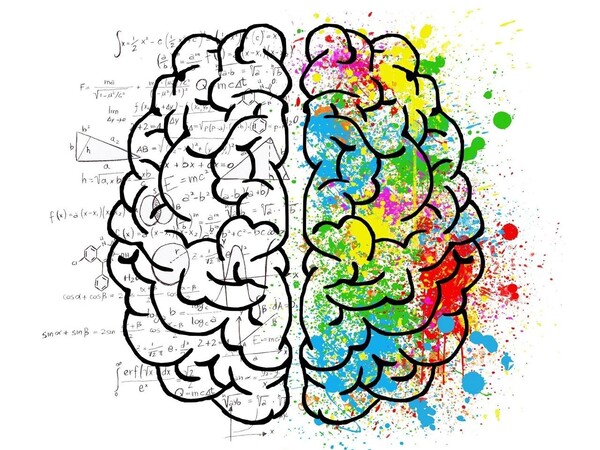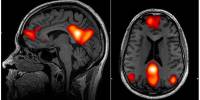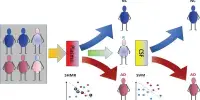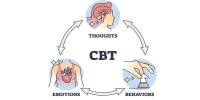According to neuroscientists at Georgetown University Medical Center, a thorough examination of several studies has revealed that a region of the brain normally associated with movement is aberrant in children with developmental language deficits. The discovery has the potential to improve both the diagnosis and treatment of language disorders.
The researchers looked into brain anomalies in individuals with developmental language impairment. This syndrome, which affects the development of numerous parts of language, is nearly as frequent as attention-deficit/hyperactivity disorder (ADHD) and dyslexia, but more prevalent than autism. The investigators discovered anomalies in the anterior neostriatum of the basal ganglia, a structure deep in the brain. They report their findings in Nature Human Behaviour.
We hope that by identifying the neural bases of developmental language difficulties we may help increase awareness of a major, but also rather unrecognized, disorder. We caution, however, that further research is necessary to understand exactly how the anterior neostriatum might lead to the language difficulties.
Michael T. Ullman
To better understand why the language impairments occur, the researchers analyzed the results of 22 articles examining brain structures in people with the disorder, and then employed a new computational method to identify common patterns of abnormalities across the studies. They determined that the anterior neostriatum was abnormal in 100% of the studies that examined the structure, with fewer abnormalities in all other parts of the brain.
“We hope that by identifying the neural bases of developmental language difficulties we may help increase awareness of a major, but also rather unrecognized, disorder,” says the study’s lead author Michael T. Ullman, PhD, professor of neuroscience and director of the Brain and Language Laboratory at Georgetown University Medical Center. “We caution, however, that further research is necessary to understand exactly how the anterior neostriatum might lead to the language difficulties.”

According to Ullman, the findings highlight the potential value of medications that operate on dopamine receptors and have been shown to ameliorate mobility impairments caused by basal ganglia dysfunction. Interventions that promote compensation through undamaged brain structures could potentially be beneficial. Furthermore, basal ganglia anomalies may act as early biomarkers of an elevated risk of developing language disorders. Such early warning indicators may prompt additional diagnostic investigations, potentially leading to early treatment.
“Continuing research efforts to further understand the neurobiology of developmental language disorder, especially the role of the basal ganglia, could help the many children who are affected by these problems,” Ullman states at the end.















